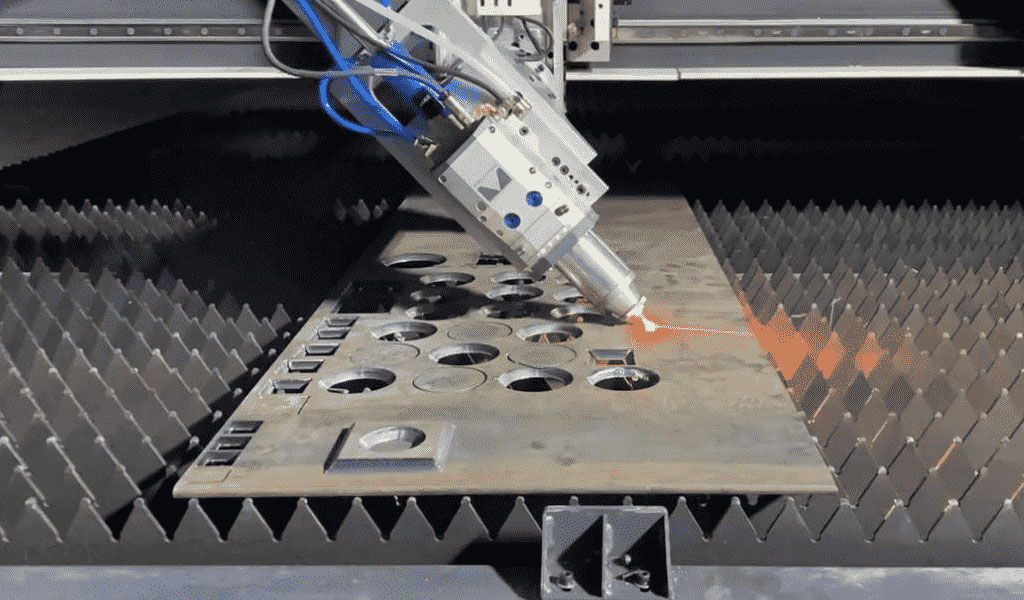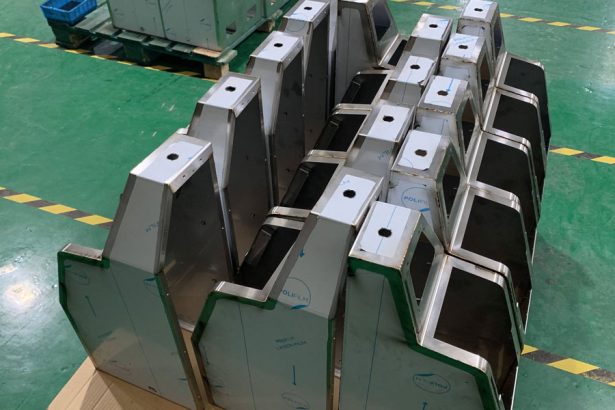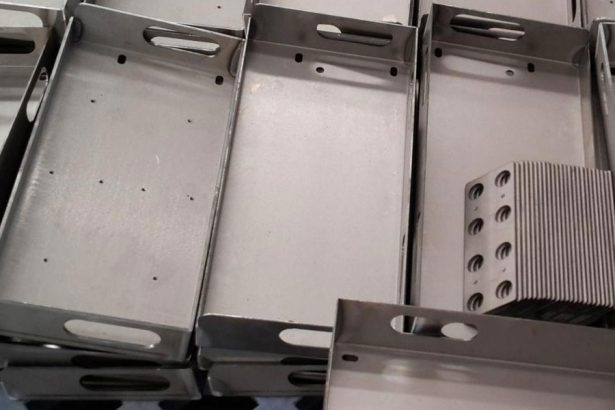When it comes to conducting heat efficiently, metals stand out as exceptional candidates. Their ability to transfer thermal energy rapidly and evenly makes them invaluable in a multitude of applications, from cooking utensils to electronic components. However, not all metals are created equal in terms of heat conductivity. In this article, we will delve into the world of thermal conductivity and explore the best heat conductive metals that nature has to offer.
Copper: The Unrivaled Heat Conductor
Copper has earned its reputation as the king of heat conductors. With a thermal conductivity value of approximately 398 watts per meter-kelvin (W/m·K), copper outperforms most other metals. Its exceptional heat conduction properties make it an ideal choice for applications like electrical wiring, heat exchangers, and cookware.
Silver: The Runner-Up
Silver is renowned for its exceptional electrical conductivity, but it’s also an outstanding heat conductor. It boasts a thermal conductivity of around 429 W/m·K, making it a close competitor to copper. However, its high cost and susceptibility to tarnish often limit its use in practical applications.
Gold: A Noble Heat Conductor
Gold may be more famous for its use in jewelry, but it’s also a remarkable heat conductor. With a thermal conductivity of roughly 315 W/m·K, gold is well-suited for applications in the electronics industry, particularly in integrated circuits and microelectronics.
Aluminum: The Lightweight Champion
Aluminum is an excellent compromise between thermal conductivity and weight. It has a thermal conductivity of about 205 W/m·K, making it ideal for applications where weight is a concern, such as in the aerospace industry. Aluminum’s lightweight properties, combined with its reasonable heat conductivity, have made it a popular choice for heat sinks and automotive components.
Graphene: A Two-Dimensional Wonder
Graphene, although not a traditional metal, deserves a special mention. This one-atom-thick carbon material showcases exceptional thermal conductivity, estimated at an astounding 5,300 W/m·K. While its practical applications are still emerging, graphene holds immense promise in the field of advanced electronics and thermal management.
Iron and Steel: Common but Capable
Iron and steel, often considered workhorse materials, possess moderate thermal conductivity values of about 80-55 W/m·K. While they may not match the conductivity of copper or silver, their affordability, durability, and abundance make them indispensable in various applications, including construction, manufacturing, and transportation.
Titanium: Heat-Resistant Excellence
Titanium is celebrated for its exceptional strength and corrosion resistance. With a thermal conductivity of approximately 21 W/m·K, it’s not the best conductor on the list, but its ability to withstand high temperatures makes it an excellent choice for aerospace and medical applications.
Magnesium: A Light and Moderate Conductor
Magnesium combines low density with moderate thermal conductivity, around 160 W/m·K. This makes it an attractive option in industries where weight reduction is essential, such as automotive engineering and aerospace.
Conclusion
In the world of heat conductive metals, each material offers a unique set of characteristics that cater to specific needs. Copper and silver reign supreme in terms of thermal conductivity, while aluminum and magnesium provide lightweight options for various applications. Gold and graphene, though less common, exhibit impressive heat conduction properties. Steel and iron, with their moderate conductivity, remain essential in construction and manufacturing, and titanium is prized for its heat-resistant qualities.
Choosing the best heat conductive metal depends on the specific requirements of your project, taking into account factors like cost, weight, and resistance to corrosion and high temperatures. By understanding the strengths and limitations of these metals, you can make informed decisions when selecting the right material for your application. In the ever-evolving world of materials science and engineering, the quest for even better heat conductors continues, promising exciting developments in the future of technology and industry.

China Sheet Metal Fabrication Manufacturer
Custom precision metal fabrication services. Product specialties include UL® certified NEMA enclosures for various environmental conditions. Capabilities include punching, shearing, laser cutting, bending, machining, press brake forming, and welding. Materials worked with include mild steel, stainless steel, aluminum, brass, and more. Production volumes range from prototype to 10,000 pieces annually. Contract options include discrete orders, blanket orders, quarterly buys, and annual contracts. Value added services include inventory management, rapid prototyping, process development, design for manufacturability, inspection, supply chain management, transportation, and logistics. Industries served include aerospace, automotive, defense, electronic, electrical, entertainment, food and beverage, health, industrial automation, machinery, medical, oil, energy, power, sporting goods, telecommunications, transportation, and more.
using high quality materials
for your sheet metal parts orders
We uses a wide range of material selections for our sheet metal fabrication process. Among our materials are aluminum, stainless steel, brass, magnesium, copper, carbon steel, bronze, galvanized steel, and more. Each material is available in different grades and varieties. Rest assured that all the materials used for your sheet metal parts are durable, corrosion-resistant, long-lasting, rust-proof, wear-resistant, and high-performance. If you want a specific material to be used in the sheet metal fabrication process, don’t hesitate to contact us!
- Carbon Steel
- Stainless Steel
- Aluminum
- Brass
- Copper
- Magnesium
- Bronze
- Galvanized Steel
Why BE-CU is Trusted by 1000+ Clients
Our sheet metal fabrication covers a lot of benefits to many industries, businesses, or projects. Below are the advantages of our services.
- Affordable and Fast Production:We can quickly produce different sheet metal prototypes and final products. KDM offers speedy production while assuring high precision. Our high-volume production also allows us to have cost-effect sheet metal fabrication services.
- Excellent Strength to Weight Ratio:Through our advanced sheet metal fabrication, we can produce sheet metal parts that are lightweight yet durable. We assure high strength, scratch resistance, and corrosion resistance to all produced sheet metal products.
- Wide Range of Materials and Techniques Used:We are experts in different sheet metal fabrication techniques that allow us to produce complex parts with additional intricate features such as notches, slots, holes, etc. Our wide range of sheet metal materials can also withstand electrical, high heat, corrosion, and more.
Online Contact China Precision Sheet Metal Manufacturers
As a direct supplier of precision machined and finished complete components to all segments of the aerospace, semiconductor, automotive, and medical industries, including innovative high tech startups, BE-CU Sheet metal manufacturer is your trusted source for precision sheet metal fabrication services.
To learn more about our aluminum,stainless steel and other steel alloy sheet metal fabrication services, contact us, or give us a call at +86 153 8731 8440, and one of our expert associates will assist you. BE-CU is your trusted source for premium sheet metal fabrication services and metal spinning china manufacturer.




